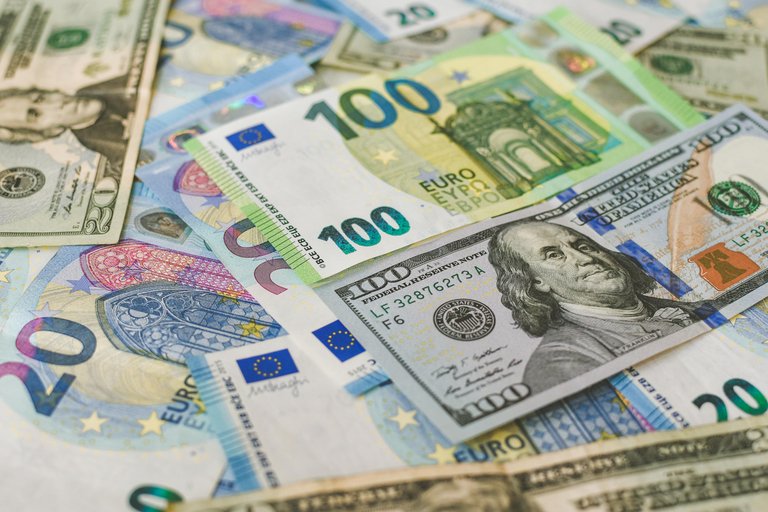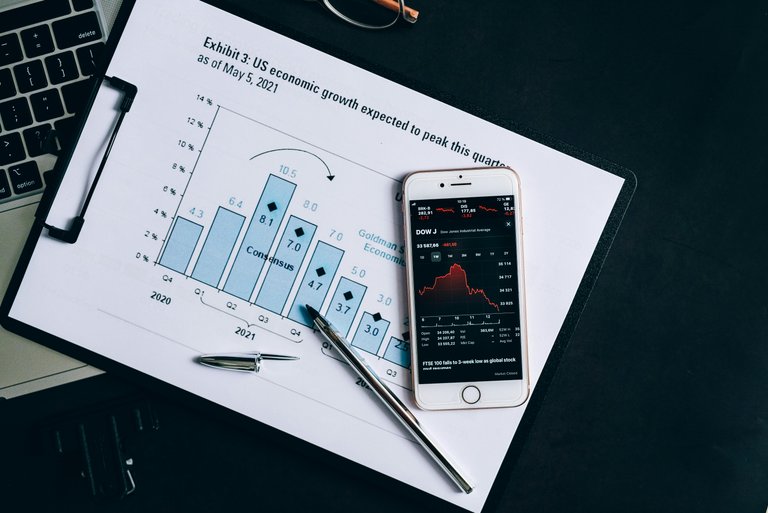Gross Domestic Product (GDP) is a fundamental measure of a country's economic performance. It represents the total monetary value of all goods and services produced within a nation’s borders over a specific time period. GDP growth, therefore, is the increase in this value over successive periods and is a critical indicator of economic health. A country’s GDP growth reflects its ability to produce more, consume more, and provide better living standards for its citizens. However, understanding GDP growth involves analyzing its drivers, challenges, and implications for the broader economy.

(Credit: pexels.com)
GDP growth is influenced by multiple factors, including consumer spending, business investments, government expenditures, and net exports. Consumer spending, often the largest contributor, indicates the purchasing power and confidence of a country’s citizens. When people have disposable income, they tend to spend more on goods and services, driving demand and stimulating production. Business investments also play a pivotal role in GDP growth. Companies that invest in infrastructure, technology, and innovation not only increase their production capacity but also generate employment, further fueling economic activity. Government spending on public services, infrastructure, and welfare programs can boost GDP growth by creating jobs and improving the quality of life for citizens. Lastly, net exports—calculated as the difference between a country's exports and imports—can significantly impact GDP. A country that exports more than it imports adds to its economic growth, as it benefits from the inflow of foreign currency.
GDP growth is closely tied to the economic policies of a nation. Monetary and fiscal policies play a significant role in regulating economic activity. Central banks, through monetary policies, control interest rates and money supply to influence borrowing and spending. For instance, lower interest rates make loans more affordable, encouraging businesses to invest and consumers to spend, thereby boosting GDP. Fiscal policies, on the other hand, involve government decisions on taxation and public spending. Tax cuts can increase disposable income, while increased government spending can directly inject money into the economy. The interplay of these policies can either stimulate or hinder GDP growth, depending on how effectively they are implemented.

(Credit: pexels.com)
However, achieving consistent GDP growth is not without challenges. Economic inequality often persists even in growing economies, as the benefits of growth are not always evenly distributed. Rapid GDP growth can also lead to inflation, where the rising prices of goods and services reduce the purchasing power of money. Additionally, over-reliance on specific industries or exports can make a country vulnerable to external shocks, such as fluctuating commodity prices or global economic downturns. Environmental degradation is another concern, as some industries contributing to GDP growth may harm natural resources and ecosystems. Governments must strike a balance between economic growth and sustainability to ensure long-term prosperity.
GDP growth has far-reaching implications for a country’s development. A growing GDP often translates into higher income levels, better employment opportunities, and improved living standards for citizens. It allows governments to allocate more resources to healthcare, education, and infrastructure, contributing to the overall well-being of the population. Moreover, sustained GDP growth can enhance a country’s global standing, attracting foreign investments and fostering international trade partnerships. It creates a positive cycle where increased economic activity generates more revenue, which can then be reinvested in further growth.
Despite its significance, GDP growth is not a perfect measure of a country’s economic health. It primarily focuses on economic output and does not account for factors such as income distribution, environmental sustainability, or the quality of life. For instance, a country might experience high GDP growth driven by industrial activities, but if this growth results in environmental damage or poor working conditions, the overall well-being of its citizens might decline. Similarly, GDP growth may not capture the informal economy, which is substantial in many developing countries.
In recent years, economists have advocated for complementing GDP growth with other indicators to provide a more comprehensive picture of economic progress. Measures like the Human Development Index (HDI), which considers education, health, and income, or the Gross National Happiness Index, which emphasizes well-being, are gaining attention. These alternative metrics underscore the importance of looking beyond GDP to assess a country’s development holistically.

(Credit: pexels.com)
In conclusion, GDP growth remains a crucial indicator of a country’s economic performance and its ability to enhance the living standards of its citizens. It reflects the dynamism of an economy and serves as a benchmark for policymakers to formulate strategies for sustained development. However, its limitations highlight the need for a broader perspective that considers sustainability, equality, and quality of life. As economies continue to evolve, balancing GDP growth with social and environmental priorities will be key to achieving inclusive and sustainable development.
(Pic credit: pexels.com)
@deviliclucifer